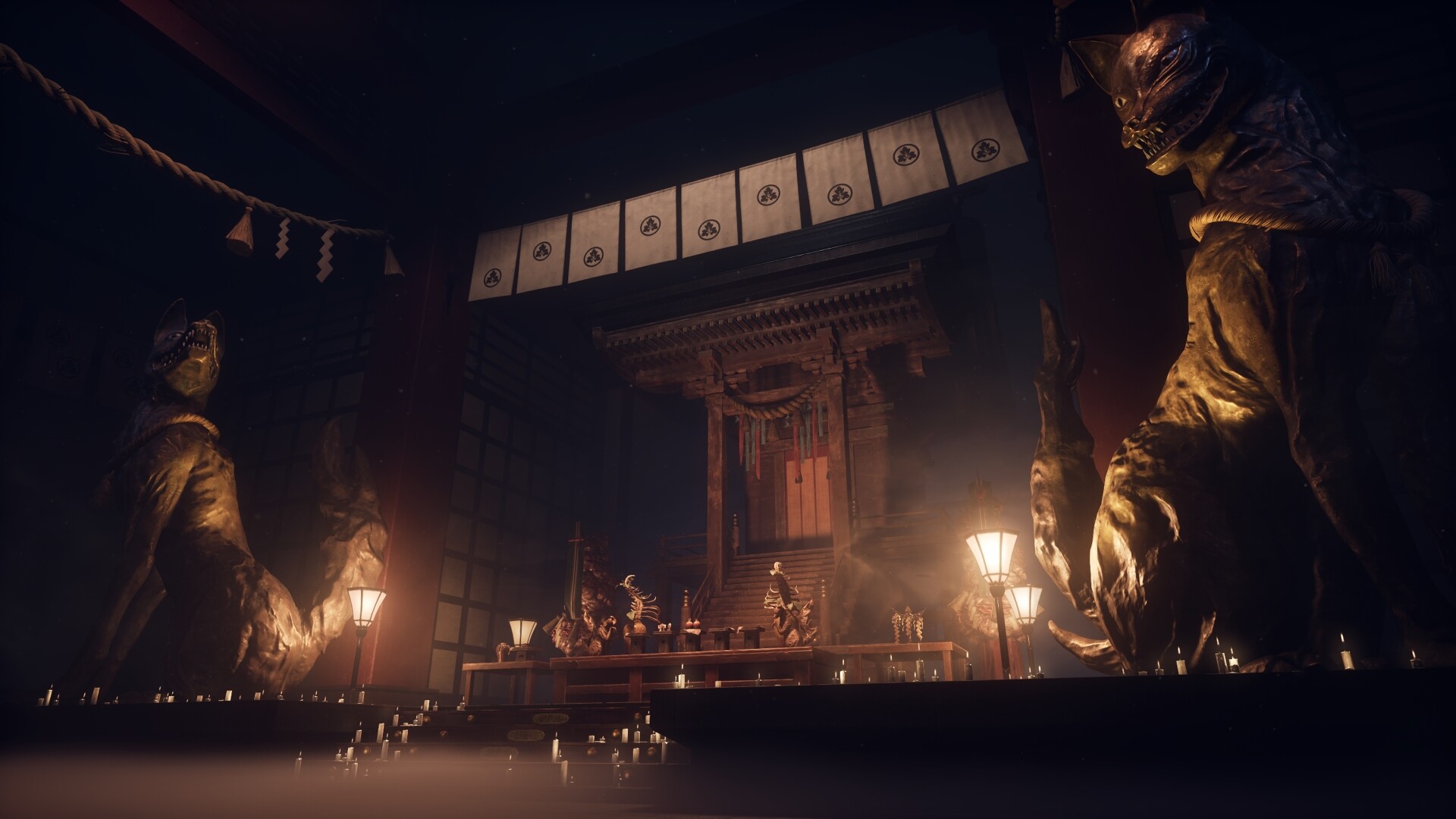Silent Hill f Review
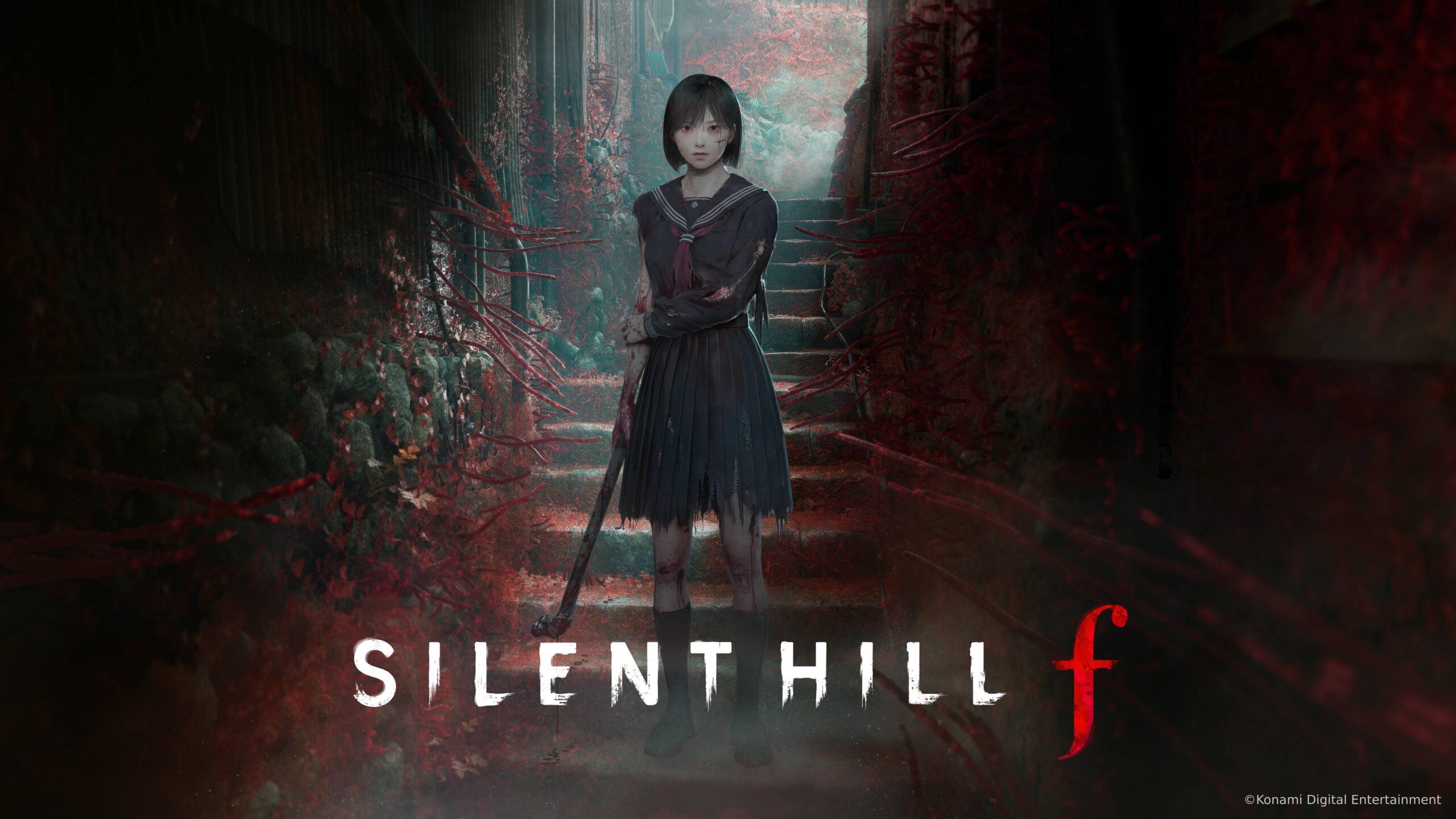
From American Streets to Japanese Villages… Silent Hill f Redefines Psychological Horror
After the Silent Hill 2 Remake released last year and achieved huge success, everyone agreed it was a safe bet. The game relied on a classic story that fans already considered an icon, so naturally success was guaranteed. But with Silent Hill f, the situation is totally different. Konami decided to take a big risk and move away from everything we got used to. The game doesn’t return to the old Silent Hill town, doesn’t recycle the same characters or familiar atmosphere. Instead, it takes the whole series to a new place and a new time: Japan in the 1960s, inside a strange village full of local cultural details, with a new story and completely different characters.
The risk here is not just in location or time, but also in the type of gameplay itself. Instead of the usual firearms, the game relies mainly on melee combat with close-range weapons, which is a massive change for one of the oldest psychological horror series. And instead of the typical middle-aged broken male protagonist, this time we play as a teenage girl named Hinako, whose story is tied to deep personal and psychological trauma that turns into real nightmares in the game’s world.
So, will this change make Silent Hill f a new beginning that revives the series and opens fresh doors for psychological horror? Or will it end up being just a strange experiment that hardcore fans of the original identity won’t accept? Let’s see.
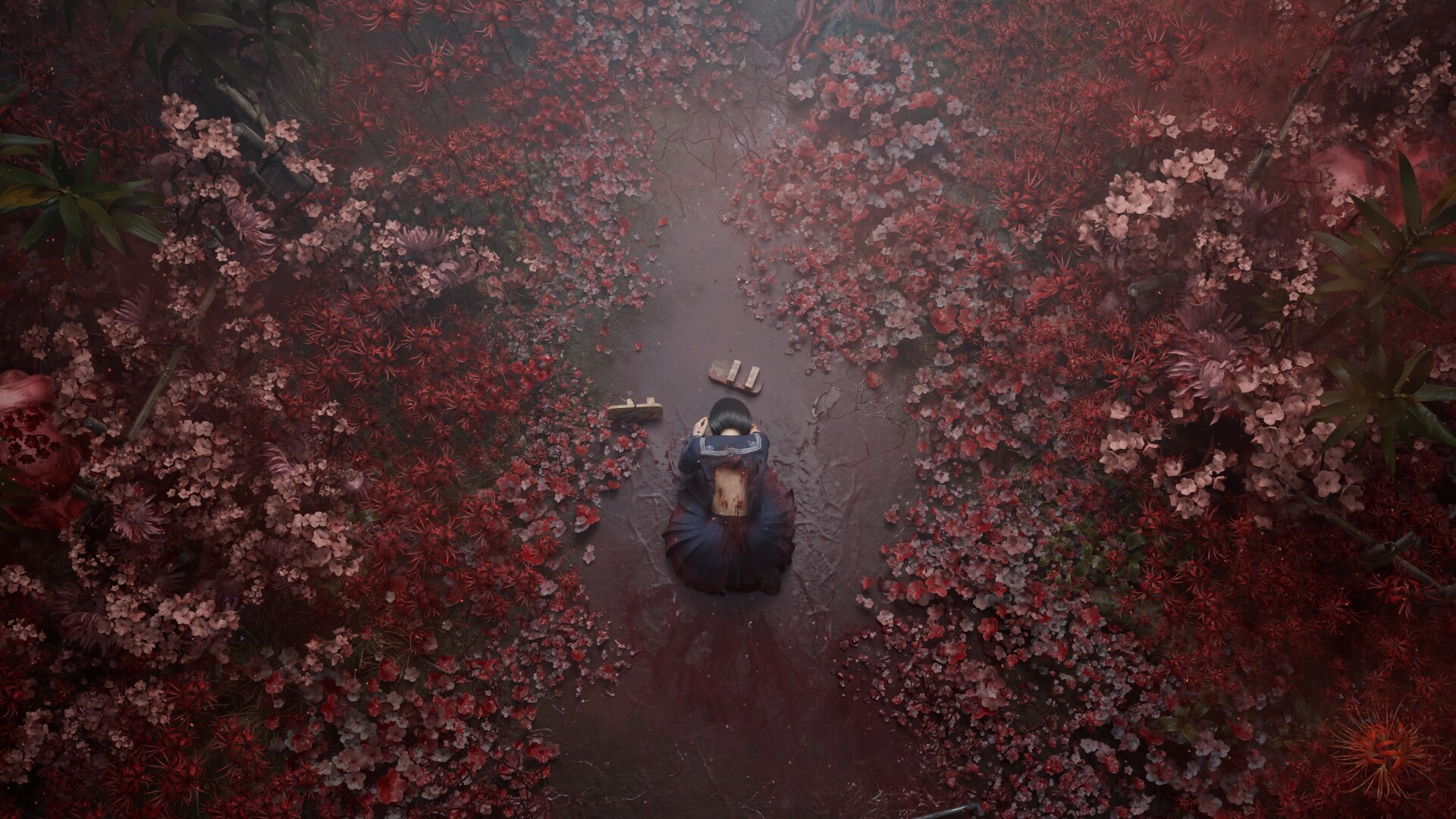
Story
The story in Silent Hill f is different from anything we have seen before in the series. The events take place in Japan in the 1960s, in a fictional village called Ebisugaoka. At first, the village looks calm and traditional, but soon everything turns into a nightmare filled with fog, intrusive red flowers, and terrifying shapes rising from the ground and walls, as if nature itself is taking revenge on humans.
The protagonist is Hinako Shimizu, a teenage girl living in a broken home with a troubled family. Her father is an alcoholic and abusive, while her mother is weak and ignores what happens, making Hinako feel unwanted her whole life. These psychological wounds appear directly in the game’s events, because the monsters and secrets of the village reflect the trauma inside her.
Like every Silent Hill story, the horror doesn’t only come from the monsters, but from the symbols, meanings, and painful memories that take shape in front of you. Through personal letters from classmates, scattered journals, and encounters with grotesque human-like creatures, the game gradually reveals the roots of Hinako’s suffering—discrimination against her as a girl, family abuse, stories of addiction, and escaping reality.
The special thing is that the story is not a straight line. As you play, you find small choices that affect the ending, and after the first playthrough you discover there are multiple timelines and alternate endings that open in New Game+. This makes the story not just one experience, but a giant puzzle full of possibilities that requires replaying to fully understand.
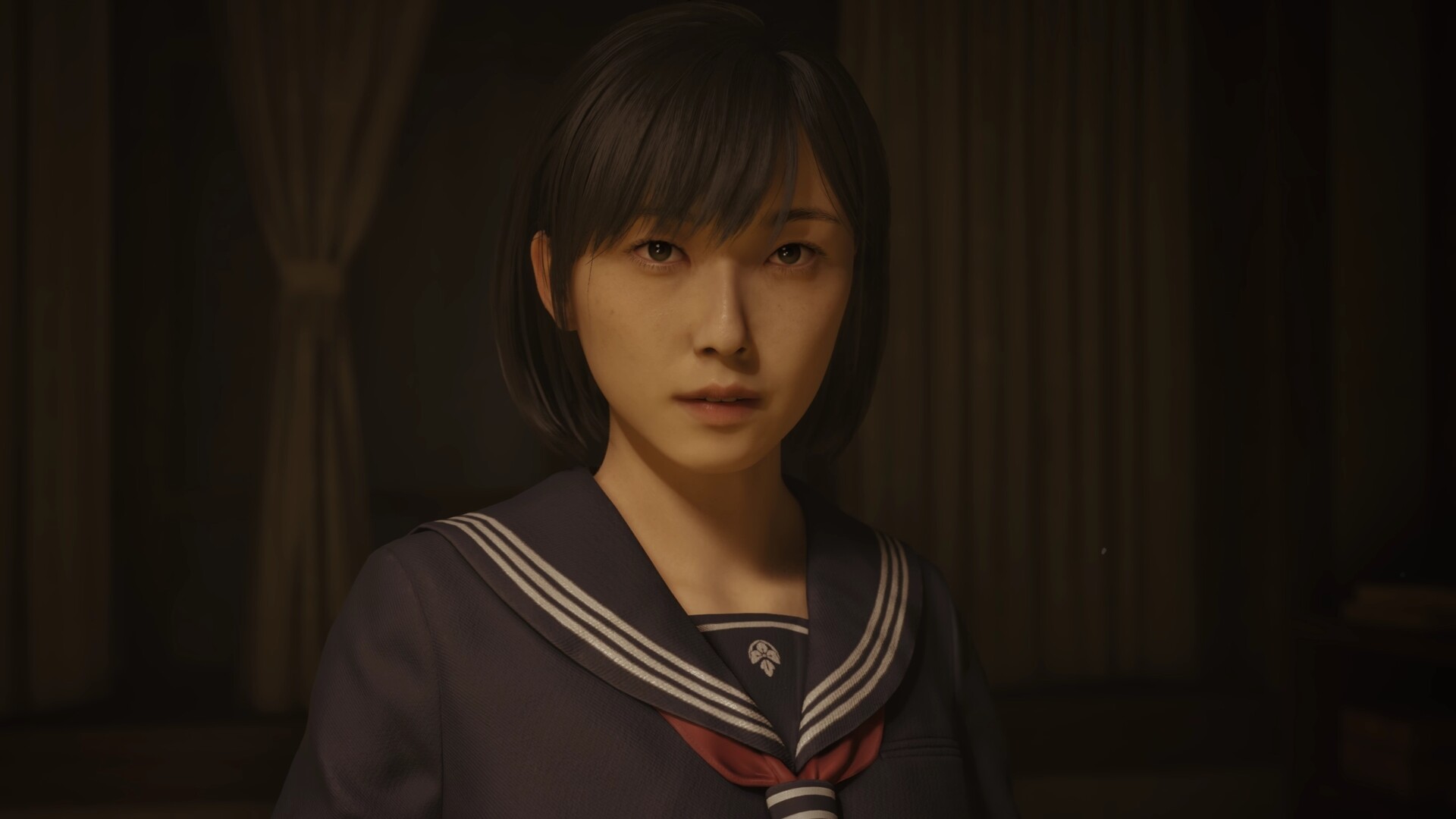
Gameplay
Gameplay in Silent Hill f is the most controversial part, because it is completely different from what we are used to. There are no firearms like pistols or shotguns. Instead, combat relies on melee weapons like iron pipes, wooden sticks, and axes found scattered around the village. Each weapon has a durability limit and breaks after several hits, increasing the tension as you constantly search for replacements or repair kits.
The combat system is slow and heavy on purpose, reminding you that Hinako is a teenager, not a skilled fighter. You have light, fast attacks that are weak, and heavy attacks that cause more damage but consume more stamina and leave Hinako open. On top of that, there is a Focus system where you can charge attacks for stronger blows or counters, but this consumes the Sanity meter, which is central to gameplay.
You need to balance three meters: Health decreases from damage, Stamina drains with fighting, running, and dodging, and Sanity represents her mental state. If Sanity runs out, your health becomes vulnerable to psychological attacks that can kill you instantly. Managing all three creates constant tension, forcing you to think carefully before every encounter.
Enemies are highly varied: deformed dolls attacking with knives from corners, schoolchild-like mutants chasing you, and giant rotten flesh masses that explode into smaller monsters. Some enemies react to light or the angle you look at them from, making every encounter unpredictable.
But it’s not all combat. Like every Silent Hill, there are many puzzles and exploration moments. Some puzzles are simple, like finding keys or solving codes, while others are based on Japanese folklore and cultural symbols, requiring sharp focus or even outside research. This adds a layer of mystery and depth.
You also explore areas called the Dark Shrine, similar to the classic Otherworld, but with tougher enemies and stranger challenges. Rewards include special weapons or side stories explaining Hinako’s past. In this world, weapons sometimes don’t break, and sometimes Hinako gains temporary supernatural powers to face hordes of monsters.
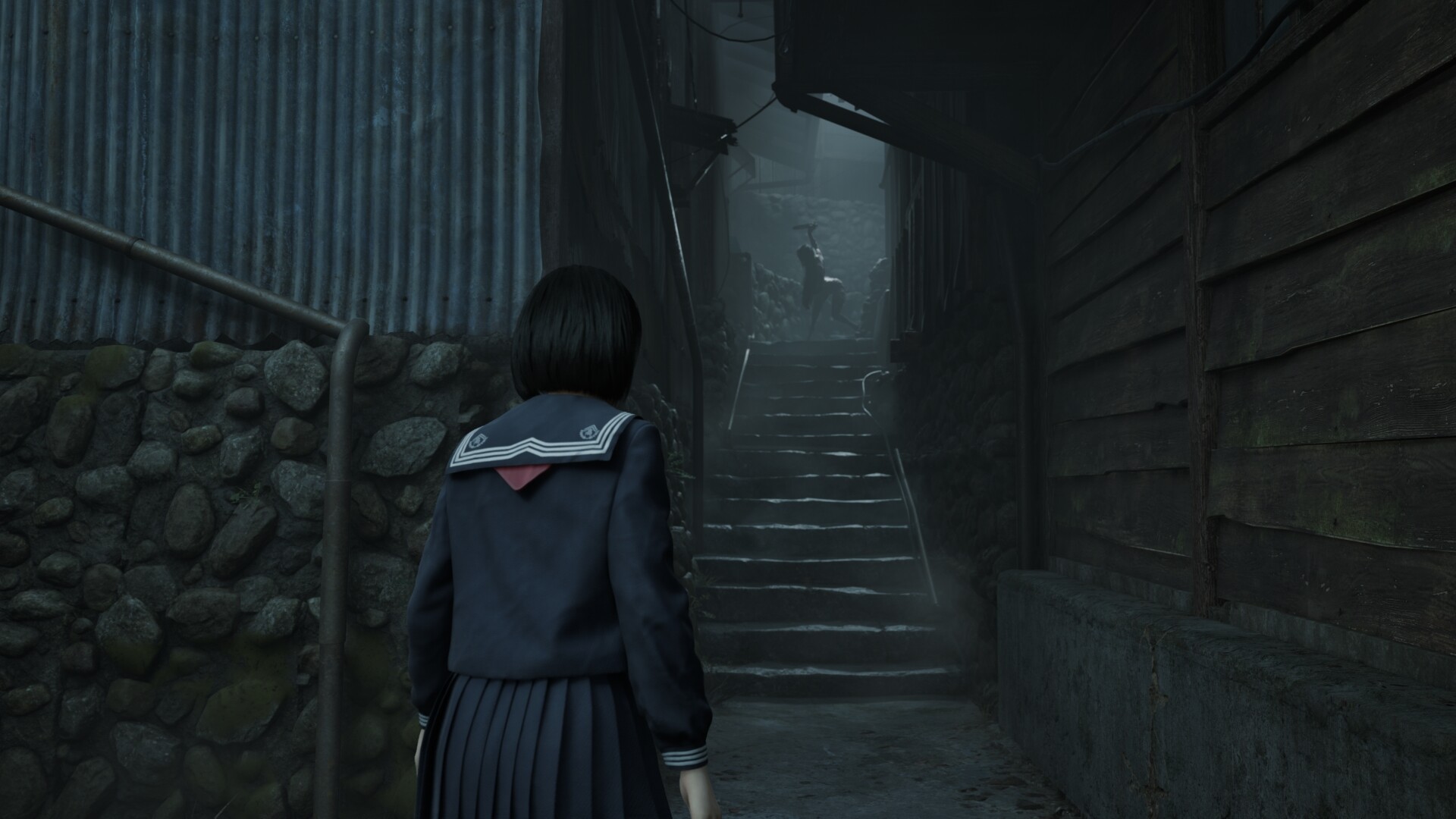
Graphics
From the first moment you enter Ebisugaoka village, you feel how much Konami focused on visual details to create an atmosphere that is both terrifying and beautiful. The game is deeply tied to Japan in the 1960s, and that shows in everything around Hinako.
The world is not just a static background. Every detail reflects decay and doom. The signature Silent Hill fog returns, but now mixed with poisonous red flowers and spreading roots covering walls and houses, making the environment feel alive. At certain moments, these flowers suddenly open, releasing monsters or swallowing characters, adding shocking visual horror.
Monster design is one of the game’s strongest points. Twisted dolls moving like broken puppets, giant creatures with swollen bellies full of human faces, and grotesque living flesh mutations that transform before your eyes. They are disgusting yet fascinating, the perfect Silent Hill mix.
Atmosphere comes not only from graphics but also lighting and shadows. Old lamps and weak indoor lights create semi-dark areas that force you to rely on footsteps and Hinako’s breathing. Colors play a role: deep red always signals danger, while cold blue tones create isolation and fear.
Other visual effects like rain freezing mid-air or fog covering paths add to the sense that you’re trapped in a nightmare. In the Dark Shrine, the alternate world, traditional shrines lit with red lanterns and wooden gates transform into sacred horror zones, with breathing walls and floors cracking under your steps.
Animations are deliberately heavy, especially in combat. Swinging a pipe or axe takes longer than in most action games, making you feel weak. Monsters sometimes freeze in unnatural positions before suddenly attacking, increasing tension.
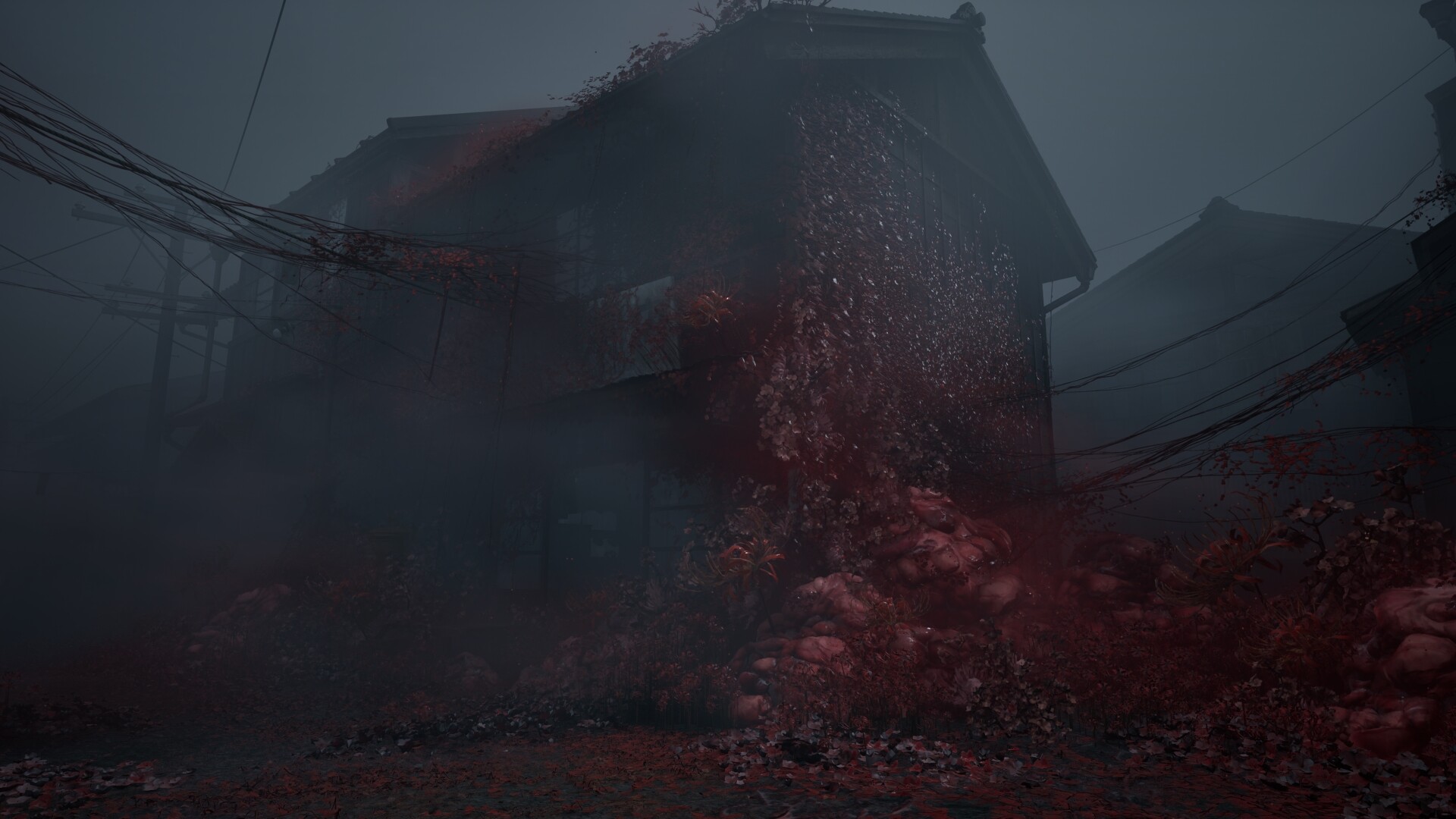
Final Verdict
9/10
Silent Hill f manages to deliver a terrifying and unique experience unlike anything in the series before. Its Japanese setting is full of stunning and horrifying visual details, and its dark story dives deep into the protagonist’s psychological scars. Yes, combat is heavy and sometimes breaks the pacing, but the art design, clever puzzles, and multiple endings make it a game worth experiencing more than once. It’s not a perfect game, but it’s a bold step that tries to bring Silent Hill’s soul back in a new way—and that alone makes it worth playing.
